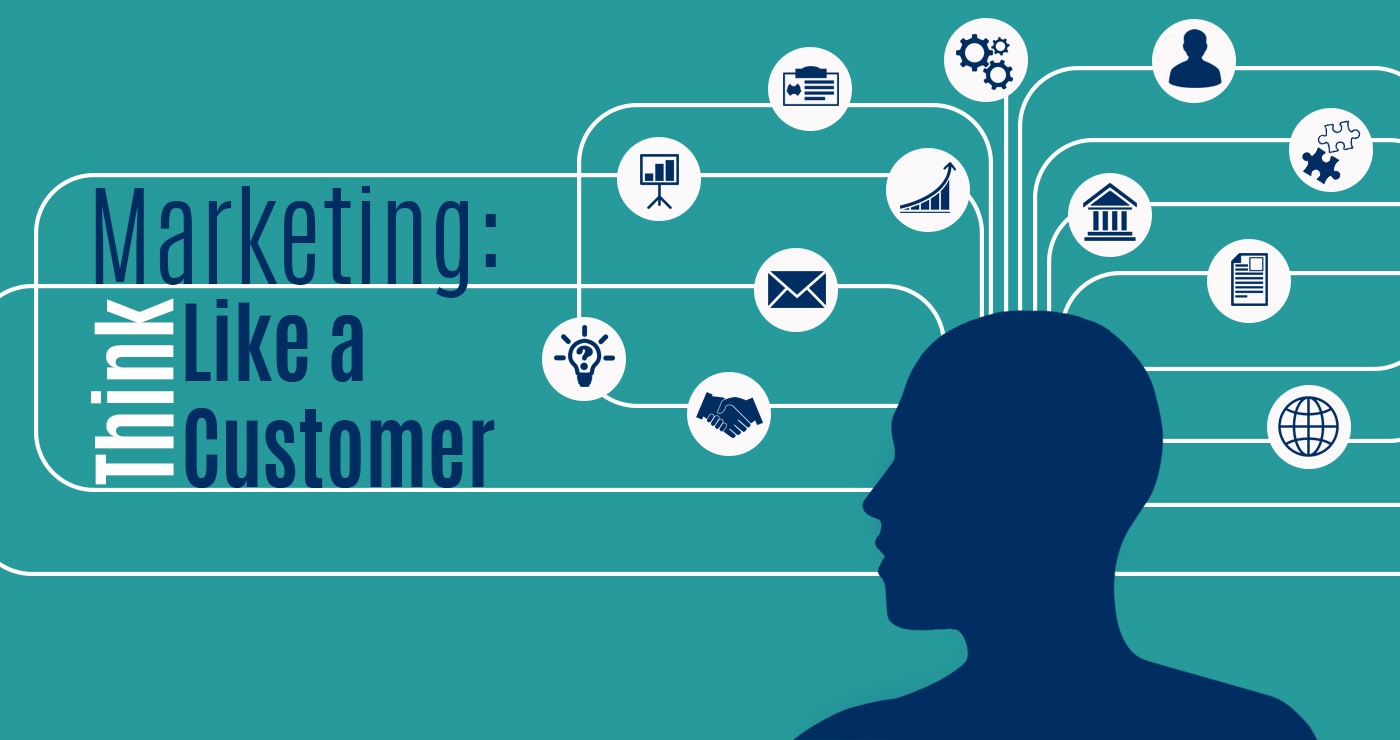
“Think like a customer”- Paul Gillin
Many sales people tend to lead with their product and what it can do. The phrase “Put yourself in the mind of a customer” applies to almost all things in life, and not just service delivery. It’s something that all service providers have been taught or heard of at one point or another. As a service provider/ sales person your ability to deliver is always important, as it helps add a great impression on you and your organisation.
One of the ways you can be assured will bring you success is understanding your target persona, otherwise known as, your ideal customers. By understanding your customers, we mean identifying their wants and needs. Whether you are looking to market and/or sell a new product, can you say you are doing so with a full understanding of who your customers are and what they want?
If your answer is ‘yes’, then why are you even still reading this? Go on and read another one of our articles: Aligning Goals: Goals setting tips for job seekers.
But if the answer was ‘no’ then that means you are going to have a rather difficult time providing good service. Not only that, but there is a big chance you are going to look mediocre. You, don’t want that.
Yes, you can ask a customer what their wants, needs, preferences etc are, however, you must be willing to see beyond what the customer is asking of you. Here are a few helpful tips to help you engage with your customers in ways you have not before.
Let’s get straight to it.
Don’t Assume
During your marketing/selling process, you cannot assume you know what your customers want. Assuming might save you time but it will not necessarily bring you the best result or help you create the best impression. Not all products sell themselves especially if you are dealing with customers who are aware of their buying habits and how it affects them etc. Take the time to find out what each customer is hoping to achieve.
Balance
From understanding what your customer’s wants/needs are, part of your job will then be to find balance. Balance between what? Between how much time you spend talking about the product and how much time to spend on understanding what your customer’s true needs are. If you spend too much time talking about the product it will appear pushy.
Relate
What problems are your customers experiencing? As you listen to you customers, share a bit of yourself. Share a bit about the value you see in the product and what value it could add to the customer’s life. We are not simply talking about putting your customers first, but also about being able to put yourself in their shoes.
Go the extra mile
This one is simple. Focus less on what would be easiest for you and more one what will be for the highest good for everyone involved. Building your reputation as an individual or organisation around a deep understanding of your customers rather than what will be easiest, is a key factor in attracting new customers. Furthermore, it will assist you in converting current customers into loyal lifelong customers who will help you grow.
Do not wait until tomorrow to start thinking like your customers. Start today because…why not?
Click here for more.
